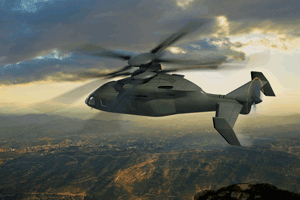
Government and industry are working quickly to gain as much knowledge as they can during the science and technology phase of the Future Vertical Lift (FVL) program, hoping to understand how to write the underlying software in mission-specific building blocks before the acquisition program formally begins at the end of the decade. Robert Sweeny, the PMA-209 lead avionics architect at the Naval Air Systems Command, said Tuesday at the Center for Strategic and International Studies that the eventual FVL software…













